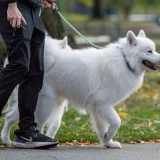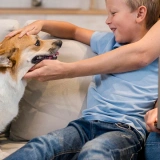Westies are intelligent and independent, which means training requires patience and consistency. They respond well to reward-based methods, especially when training is introduced early. Social by nature, they can sometimes be territorial with other dogs, so socialization is important.
Their double coat requires regular grooming to maintain cleanliness and prevent matting. Although relatively low-shedding, their white coat can attract dirt. Westies are generally healthy but may be prone to skin issues (like allergies), patellar luxation, and jaw problems (craniomandibular osteopathy). Routine care and a balanced diet help support long-term wellness.







